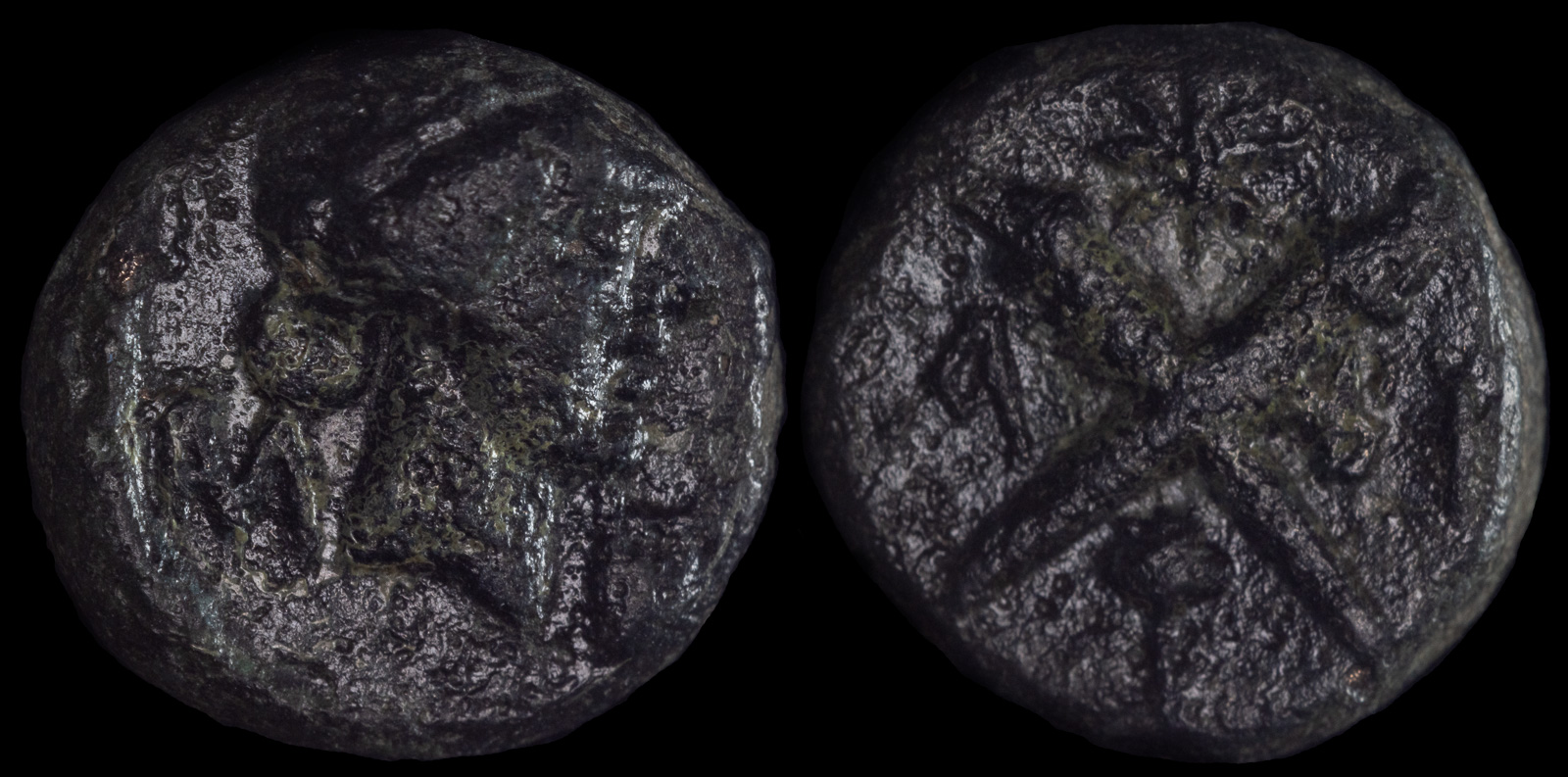Artemis
View All Tags
One of Artemis’ most prominent duties was as the goddess of the hunt. She was often depicted with a bow and arrow, accompanied by hunting dogs, and was revered as a protector of wildlife and forests. In this role, she was responsible for the balance of nature, ensuring the protection of animals, especially those that were wild and untamed. Artemis was also seen as a goddess who could both protect and punish: she could bring death to those who hunted recklessly or violated the sacredness of the natural world, but she could also ensure the fertility and abundance of the forest by granting successful hunts to those who followed her rules. Her role as a huntress extended to being a protector of young women and girls, as she safeguarded their innocence and purity, and she was often invoked during childbirth as a goddess who could ease the transition from childhood to adulthood.
Artemis was also strongly associated with virginity and chastity. As a lifelong virgin, she was a symbol of independence and self-sufficiency, often depicted as a figure who did not need the companionship of a male counterpart. This aspect of her nature was integral to her identity as a protector of young girls, as she helped them navigate the challenges of growing up without being drawn into the traditional roles of marriage and motherhood. Artemis’ sacred chastity was so important that she demanded it from her followers, and any violation of this vow could result in severe punishment. For example, the myth of Actaeon, who saw Artemis bathing and was punished by being turned into a stag and torn apart by his own hunting dogs, reflects the goddess’ intolerance for violations of her sanctity.
Additionally, Artemis was known as a goddess of childbirth and midwifery, another dimension of her nurturing and protective nature. She was said to have helped her mother, Leto, give birth to her twin brother Apollo, and from that moment onward, she became a protector of women in labor. Artemis’ role in childbirth was often linked to the idea of womanhood, from the onset of puberty to the moment of childbirth itself. She was called upon by women who were giving birth, as she was believed to ease the pain of labor and ensure a safe delivery. This association with the maternal and protective aspects of femininity reinforced her role as a deity who, while embodying the power of nature and independence, also played a crucial role in the lives of women and children.

Abydos, Troas 300 BCE

Abydos, Troas 3rd century BCE

Abydos, Troas 4th-3rd cent BCE

Agathokes of Syracuse 317-289 BCE

Agathokles of Syracuse 317-289 BCE

Akmoneia, Phrygia 2nd-1st centuries BCE
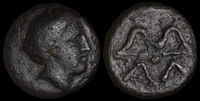
Alea, Arkadia 390-370 BCE

Amphipolis, Macedon 27 BCE – 14 CE.

Amyzon, Caria ca 150-100 BCE
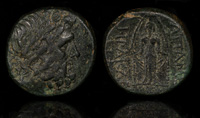
Apamea, Phrygia 133-48 BCE

Apollonia ad Rhyndakum, Mysia 2nd-1st century BCE
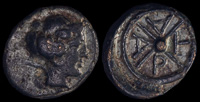
Artake, Mysia 4th century BCE

Bargylia, Caria 2nd-1st centuries BCE
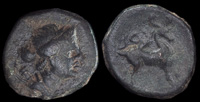
Bubon, Lycia 2nd-1st century BCE
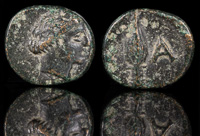
Chalke, Islands off Rhodes 4th cent BCE

Demetrias, Thessaly 290 BCE
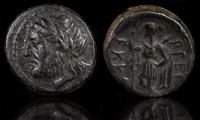
Ekkara, Thessaly 325-320 BCE
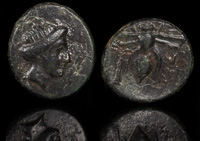
Gentinos, Troas 4th century BCE

Iolkos, Thessaly mid 4th cent BCE
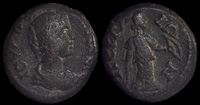
Julia Domna (Perge) 160-217 CE

Kabyle, Thrace 275-250 BCE
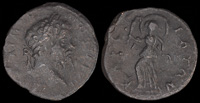
Kaphyai, Achaia 193-211 CE
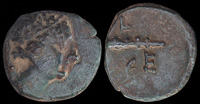
Keraitai, Pisidia 100-70 BCE

Kys, Caria 2nd-1st century BCE

Magnesia ad Sipylum, Lydia 2nd-1st century BCE

Mopsos, Cilicia 51-52 CE
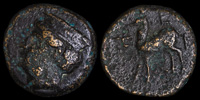
Nikagoras of Zeleia 4th century BCE
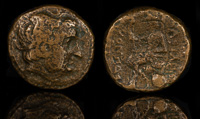
Nikomedes I 280-250 BCE
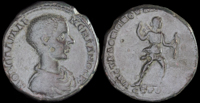
Nikopolis ad Istrum, Moesia 217-218 CE

Olous, Crete 300-270 BCE
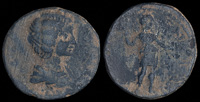
Orchomenos, Arkadia 193-217 CE

Pamphylia, Perge 260-230 BCE

Patara, Lykia ca 168-30 BCE
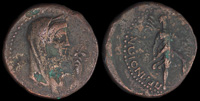
Perinthos, Thrace 2nd-1s centuries BCE
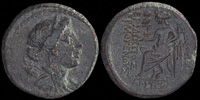
Philadelphia, Lydia 2nd-1st centuries BCE
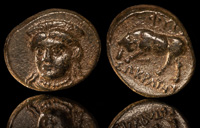
Phygela, Ionia 350-300 BCE
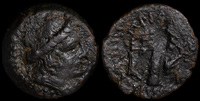
Priansos, Crete 320-270 BCE
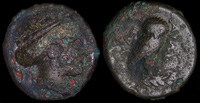
Pydna, Macedon 369-364 BCE
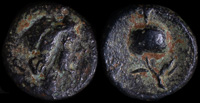
Side, Pamphylia 3rd-2nd centuries BCE

Tauric Chersonesos, Chersonesos 300-290 BCE
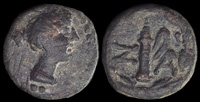
Zakynthos, Islands off Elis 2nd-1st c BCE
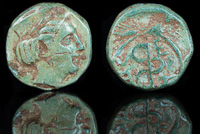
Zeleia, Troas 4th Century BCE
